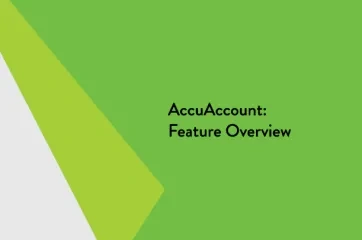Barcoded Loan Documents
Some loan origination systems (LOS) make it possible to generate loan documents with embedded barcodes. Barcodes can contain a variety of information, such as account number and document type, which could be useful for expediting a financial institution’s loan document management workflow.
Document Types & Barcodes
Not all loan documents contain barcodes. In fact, many documents provided by customers, members, vendors, and other third parties are unlikely to have barcodes printed on them. Here are a few examples of documents that may not contain barcodes:
- Credit reports
- Title work
- Appraisals
- Lien searches
- Flood zone determinations
A financial institution’s documentation requirements combined with its loan origination system’s capabilities are key factors in determining which documents will contain barcodes. In general, documents that commonly contain barcodes include:
- Mortgage documents
- Deeds of trust
- Promissory notes
- Security agreements
- Disclosures
Why Barcoded Loan Documents are Useful
Some document imaging systems, such as AccuAccount from Alogent, can use information from a loan document’s barcodes to accelerate the imaging process. When used in tandem with an effective scanning strategy, barcoded loan documents can deliver multiple efficiencies for the financial institution:
Streamlined document indexing: Barcoded information can help an imaging system understand which type of document has been scanned, reducing the amount of manual indexing and reliance on document-specific cover sheets.
Increased accuracy: Reduced manual indexing means that there is less room for human oversight. In many cases, this results in better, faster indexing of documents.
Reduced administrative work: Multiplied across hundreds or thousands of documents over the course of a year, barcoded loan documents can deliver a considerable efficiency boost for financial institutions.
Barcodes vs. eSign Integrations
From a document imaging standpoint, barcodes are most useful for financial institutions that print and digitize paper loan documents. For banks and credit unions that prefer an eSign approach, barcodes may be less relevant. Integrating an eSign product to a document management system like AccuAccount lessens the need to print and scan paper documents. Instead, eSigned documents are pushed in a package that contains both the images and an indexing file. Many financial institutions take a “hybrid” approach, which includes barcoded loan documents, barcoded cover sheets, and eSign interfaces.
Browse additional banking definitions or check out Alogent’s Innovation Hub, which contains blog articles, industry papers, and much more.














